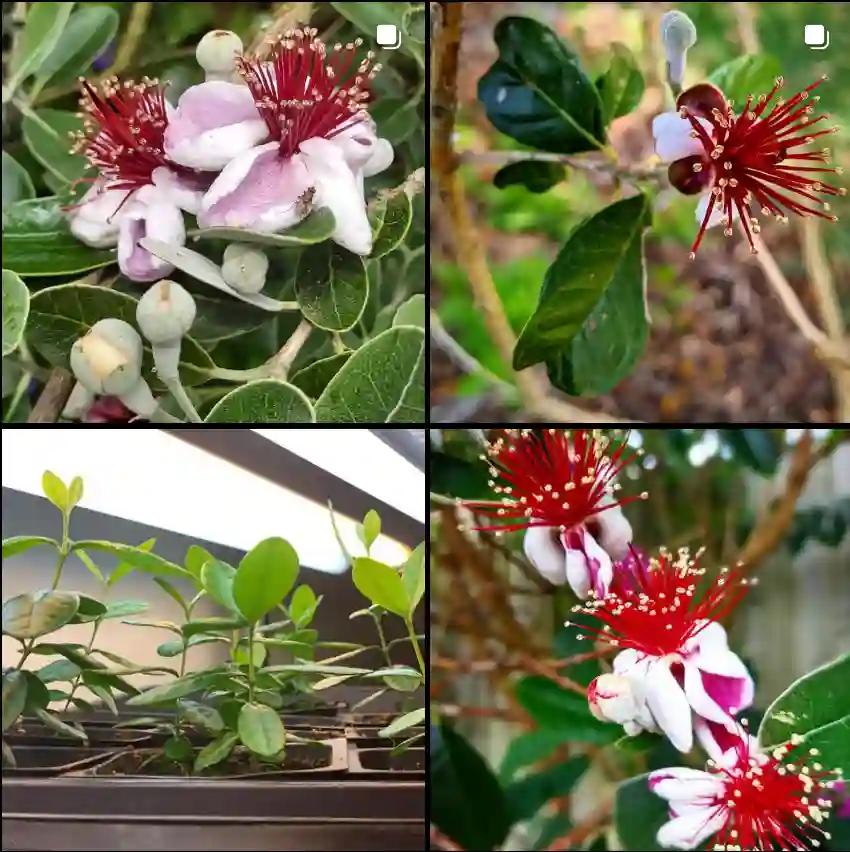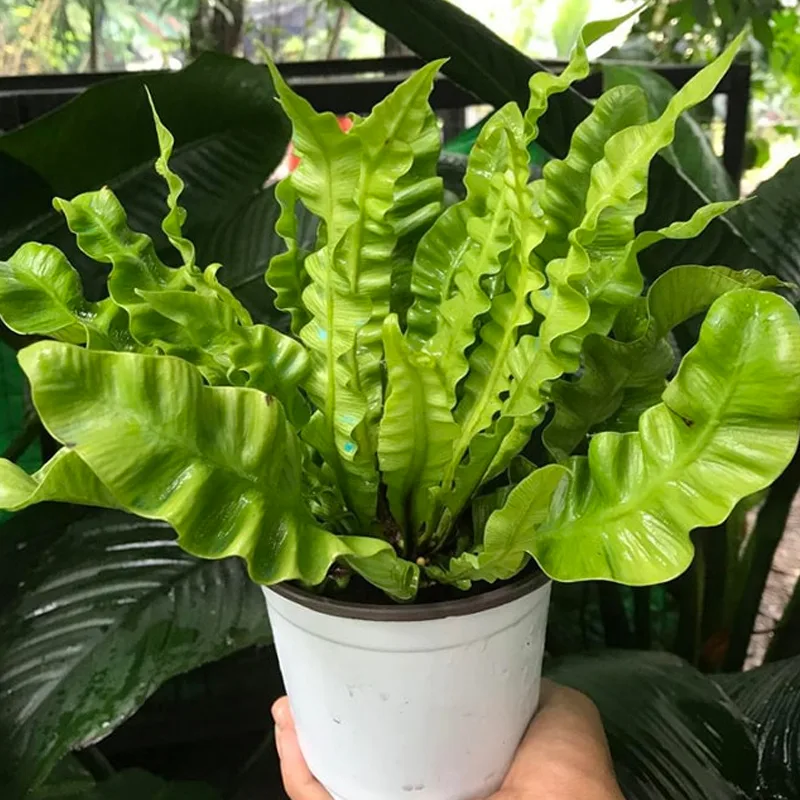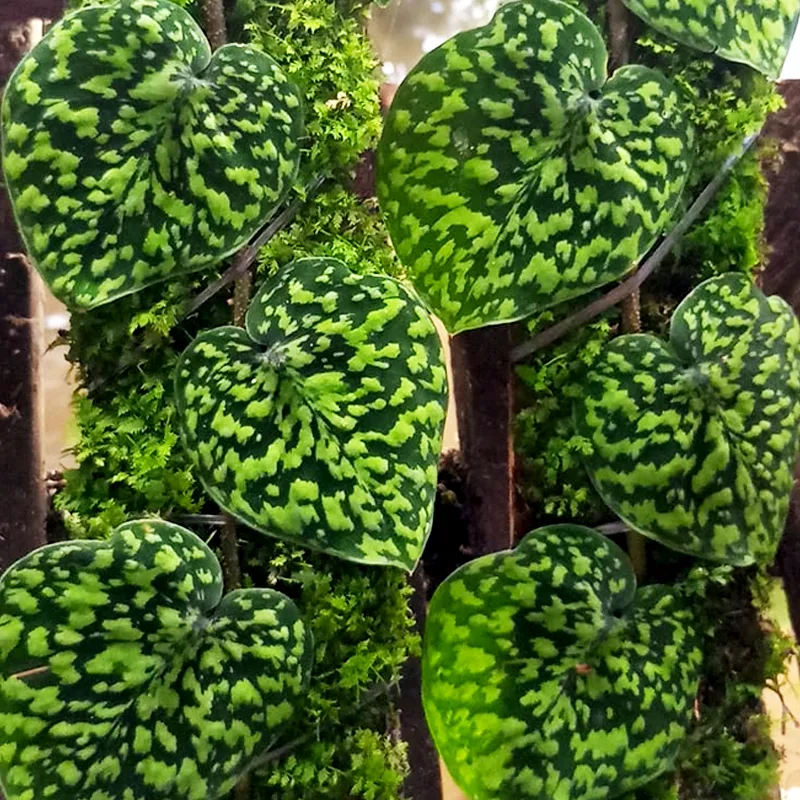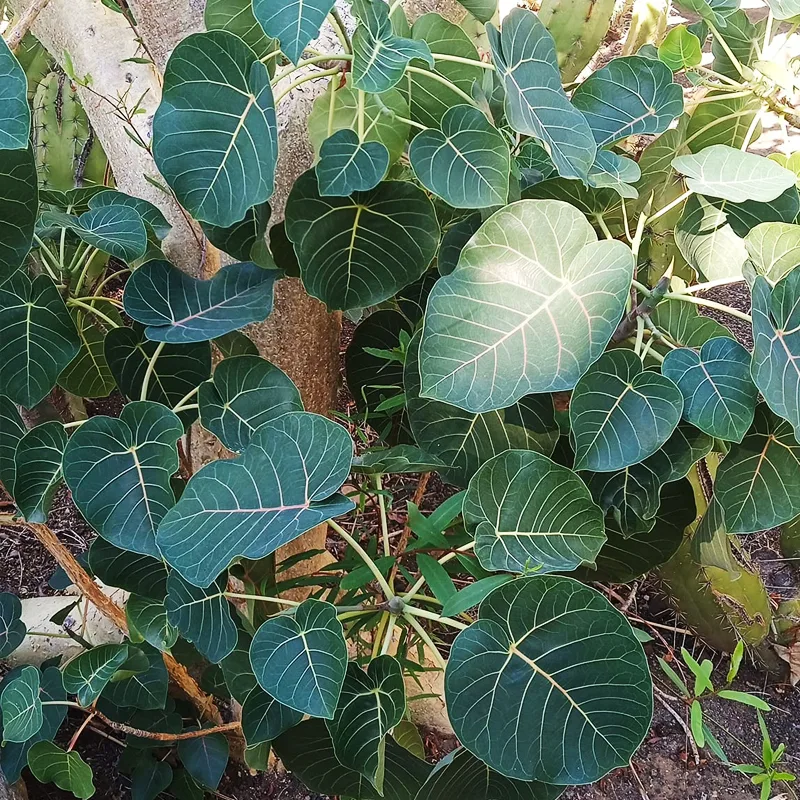Discovering the Ripogonaceae Family
As a plant enthusiast, I find it fascinating to explore the less familiar botanical families. One such family that has captured my interest is Ripogonaceae. Known for its subtle beauty and distinct characteristics, this plant family has become one of my favorite areas of study. In this article, I’ll share my personal insights and experiences with the Ripogonaceae family, along with its key genera, and the relevance of these plants in the broader ecosystem.
What is the Ripogonaceae Family?
Ripogonaceae is a small family of flowering plants, which consists of a few species that are native to Australasia, particularly in regions like eastern Australia, New Guinea, and New Zealand. These are evergreen, climbing plants that are often mistaken for vines due to their habit of clambering over shrubs and trees. In fact, their climbing nature is one of the traits that first caught my attention. There’s something intriguing about plants that don’t just grow upwards but use other plants for support.
The Ripogonaceae family, although small, is a prime example of adaptability in plant life. The plants in this family thrive in moist, forested environments where they can twine around other plants and reach for the sunlight.
Exploring the Key Genera in Ripogonaceae
There is only one genus in the Ripogonaceae family, Ripogonum, but it carries a weighty significance within the plant kingdom. Ripogonum species are primarily climbing shrubs that grow in temperate and subtropical regions. Here are some notable species from this genus that I’ve had the opportunity to observe:
Ripogonum Scandens
This species, commonly known as Supplejack, is native to New Zealand. Ripogonum scandens is one of the most recognizable species in this family. What’s remarkable about this plant is its twisting, woody stems that seem to form a network of vines in the forest understory. In my experience, Ripogonum scandens is extremely adaptable. It thrives in both lowland forests and hilly areas, creating a tangled mat of foliage.
The plant produces small, cream-colored flowers, which are followed by bright red berries. These berries are a source of food for native birds, making Ripogonum scandens an essential species in maintaining biodiversity in its natural habitat. I find the contrast of the green leaves with the bright berries visually stunning.
Ripogonum Album
Another species worth noting is Ripogonum album, native to Australia. This plant shares similar characteristics with Ripogonum scandens, particularly its climbing nature. However, it has a more robust, woody stem, and its foliage is slightly darker in color. From my experience, Ripogonum album can be more aggressive in its growth, which makes it a challenge to manage in a controlled garden environment. But for those looking to replicate a wild, forest-like aesthetic, it can be a perfect choice.
Ecological Importance of Ripogonaceae
Plants from the Ripogonaceae family serve an important ecological role. Their dense growth provides habitat for smaller species, and the fruits produced by Ripogonum species offer sustenance to birds and other wildlife. In New Zealand, for instance, the red berries of Ripogonum scandens are a vital food source for species like the kererū (New Zealand pigeon). I’ve personally observed birds flocking to Ripogonum berries in forested areas, further emphasizing their ecological relevance.
In addition to supporting wildlife, the dense growth of these plants can help stabilize forest ecosystems by preventing soil erosion. They grow in tangled masses that shield the forest floor, protecting it from harsh weather conditions.
Cultivating Ripogonaceae
For those of us who enjoy growing native or unusual plants, Ripogonaceae can be a rewarding choice. In my experience, these plants are relatively low-maintenance, provided they’re given the right conditions. They prefer a shaded or partially shaded environment with consistent moisture. I’ve found that they thrive when planted alongside other forest species that offer natural support for their climbing stems.
If you live in a temperate region, replicating the forest floor environment—moist soil, shade, and support structures—can yield healthy and visually striking Ripogonum plants. However, you’ll need to monitor their growth carefully. In optimal conditions, these plants can grow quite aggressively, and without proper control, they may overtake other species in the garden.
Conservation and Ripogonaceae
Given the relatively small size of the Ripogonaceae family, conservation efforts are essential to ensure these plants continue to thrive. Habitat loss due to deforestation and land development poses a significant threat to these species, particularly Ripogonum scandens and Ripogonum album. I’ve encountered several discussions among conservationists about the importance of protecting the forest environments where these plants naturally grow. Preserving these habitats not only benefits the Ripogonaceae family but also the broader ecosystem that relies on them.
Final Thoughts
Exploring the Ripogonaceae family has deepened my appreciation for the delicate balance of forest ecosystems. These climbing plants, with their ability to adapt and provide support to wildlife, serve as a reminder of nature’s resilience. While the Ripogonaceae family may be small in terms of species count, its impact is anything but insignificant.
As a plant lover, there’s something special about incorporating lesser-known species like Ripogonum into my garden. Not only do they add a unique visual element, but they also create an environment that supports local wildlife and contributes to biodiversity. For anyone looking to expand their botanical knowledge, I highly recommend exploring the Ripogonaceae family. You’ll find, as I did, that there’s more to these plants than meets the eye.
If i die, water my plants!



